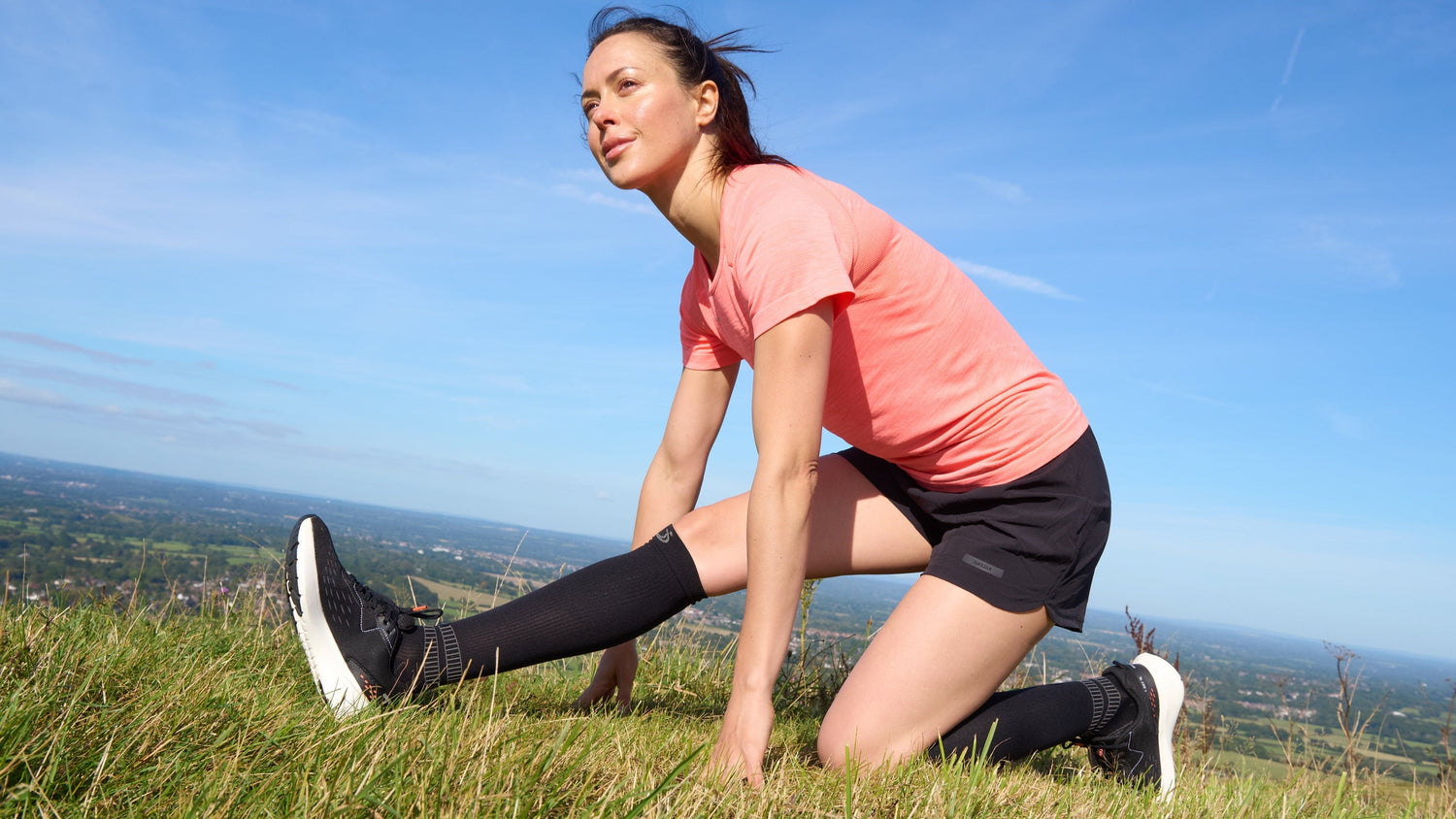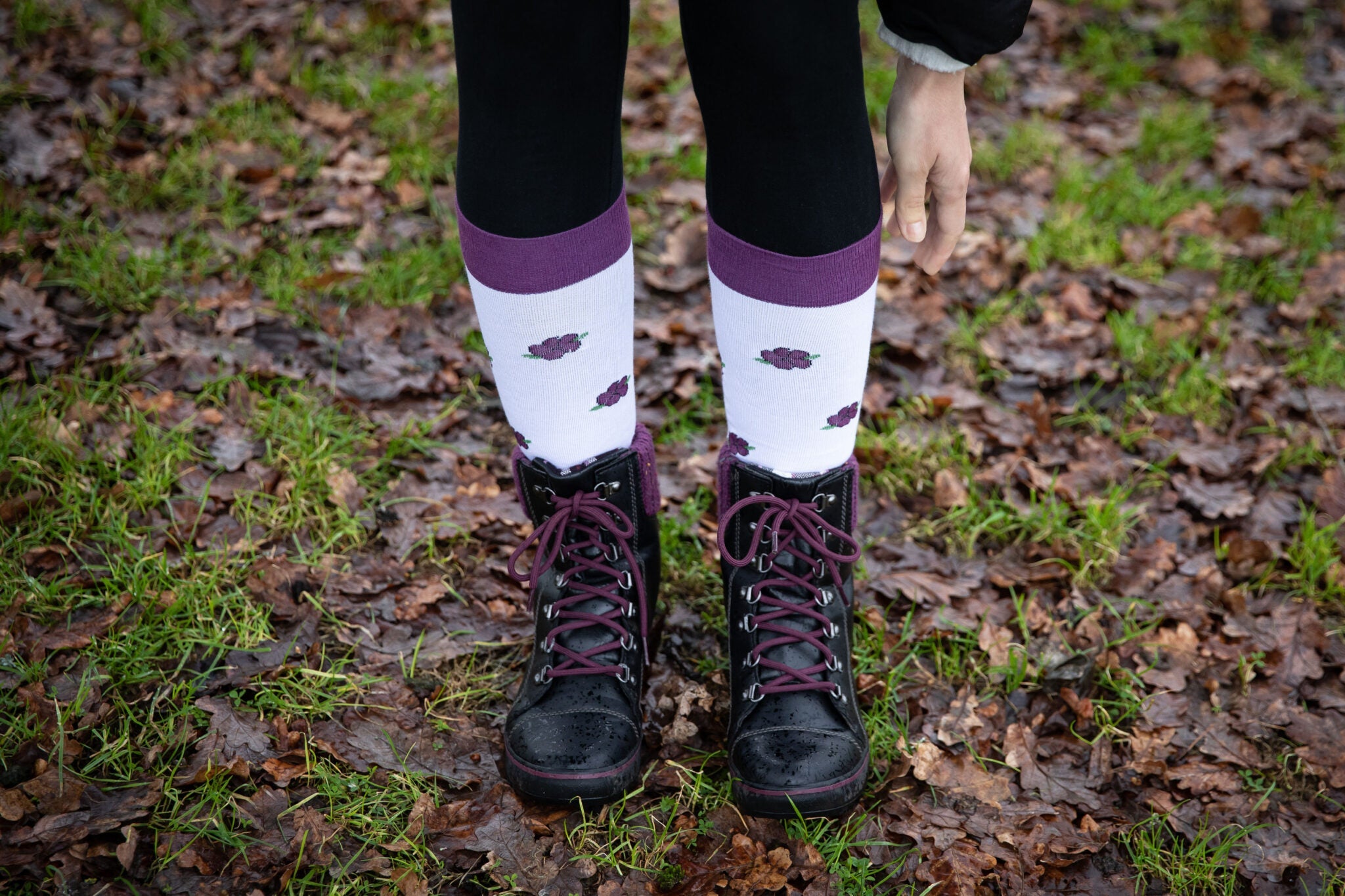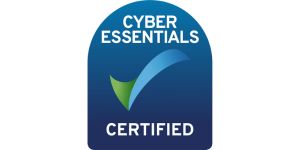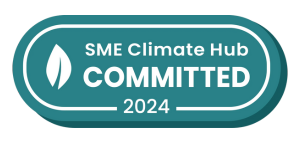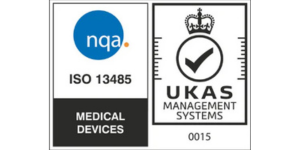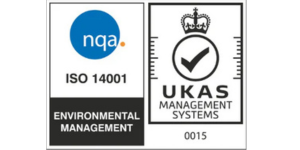Most of us are familiar with that feeling of muscle inflammation and soreness after a tough workout. Whether we’re PB’ing our morning run, lifting in the gym, or even taking on a strenuous hike, the dreaded Delayed Onset Muscle Soreness (DOMS) can keep us feeling stiff and uncomfortable for days afterwards.
But can we do anything to help stave off the soreness and get ourselves back on track sooner? Luckily, the answer is yes. From warming up properly to active muscle recovery, there are things you can do to help yourself, so read on to find out more.
What Causes Muscle Pain After Working Out?
When we push ourselves too much or try an exercise routine our body isn’t used to, our muscles suffer tiny, microscopic tears. In turn, this can cause inflammation and fluid retention, contributing to the pain we feel. At the same time, things like dehydration, electrolyte imbalances, or underlying injuries and health conditions can also make the muscle inflammation worse.
While this is a natural biological process, there are things we can do to help minimise the discomfort.
How to Prevent and Treat Muscle Soreness After a Workout
Warm Up and Down Properly
It’s age-old advice for a reason. Warming your muscles before a workout can make a significant difference to how well you feel in the hours and days after you’ve finished. What’s more, it will also help to prevent muscle strains and tears that could keep you out of action for weeks.
Warming up increases blood flow to your muscles and gets them ready for exercise. Normally, gently stretching your muscles beforehand, followed by 5-10 minutes of light jogging or cycling, is enough. It’s essential not to overdo it during the warm-up, as this can increase the risk of injury.
After exercise, repeat the process by doing light stretches and cardio to gradually lower your heart rate and help your muscles clear away lactic acid and other metabolic byproducts. This should help you maintain flexibility and avoid the dreaded muscle stiffness.
Hydration, Hydration, Hydration
One of the simplest but most effective ways to avoid muscle inflammation is to make sure you’re properly hydrated. Our bodies can’t function properly when they’re dehydrated, and that extends to physical performance and muscle recovery. Without enough water, muscles can be more prone to cramping, stiffness, and inflammatory responses.
Make sure to drink plenty of water before, during, and after exercise to help with nutrient delivery and remove metabolic byproducts. For particularly strenuous or extended sessions, consider electrolyte or sports energy drinks to replace lost nutrients.
Compression Wear
Wearing compression socks during and after exercise can help improve circulation, deliver nutrient-rich blood to your muscles and remove fluid buildup - all contributing factors to muscle soreness.
Unless instructed to by a medical professional or sports scientist, light compression socks with a compression level between 14 and 17 mmHg will be perfect for recovery, while a higher compression level between 18 and 24 mmHg is more suitable for wearing during exercise. Both provide a good balance of compression properties while being comfortable enough to wear for long periods during your muscle recovery.
The FITLEGs range of Sports and Recovery Compression Socks is ideal regardless of whether you’re a weekend warrior or a pro athlete. Shop the whole range today.
Active Recovery & Healthy Refuelling
Muscle recovery is as much about what you don’t do as what you do. Recovery means just that: letting your body heal itself, and giving it the right fuel to do so.
Getting between 7 and 9 hours of sleep every night is a must, as this is when muscles heal and grow. Active muscle recovery can include incorporating some light activities like walking, yoga or swimming to keep your blood circulating, without causing further damage.
Likewise, your body needs the ingredients to recover properly. Aim to eat a balanced meal or snack within 30 to 60 minutes of exercise, and maintain a healthy diet wherever possible. In particular, protein and complex carbs can help rebuild muscles and reduce inflammation. These include chicken and white fish, beans and pulses, leafy greens, and fresh fruit.
Prioritising Muscle Recovery for Improved Performance
Preventing muscle inflammation after exercise is all about being proactive rather than reactive. By prioritising proper recovery, before, during and after your workout, you can help reduce stiffness and soreness.
For more information, read our other blog articles, or explore the FITLEGs store to buy your next pair of sports compression socks.
